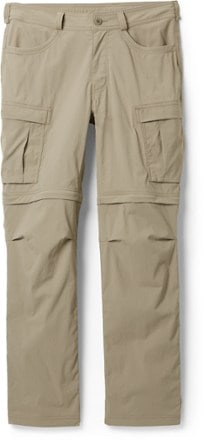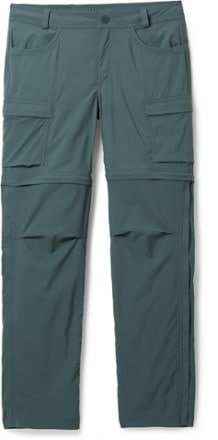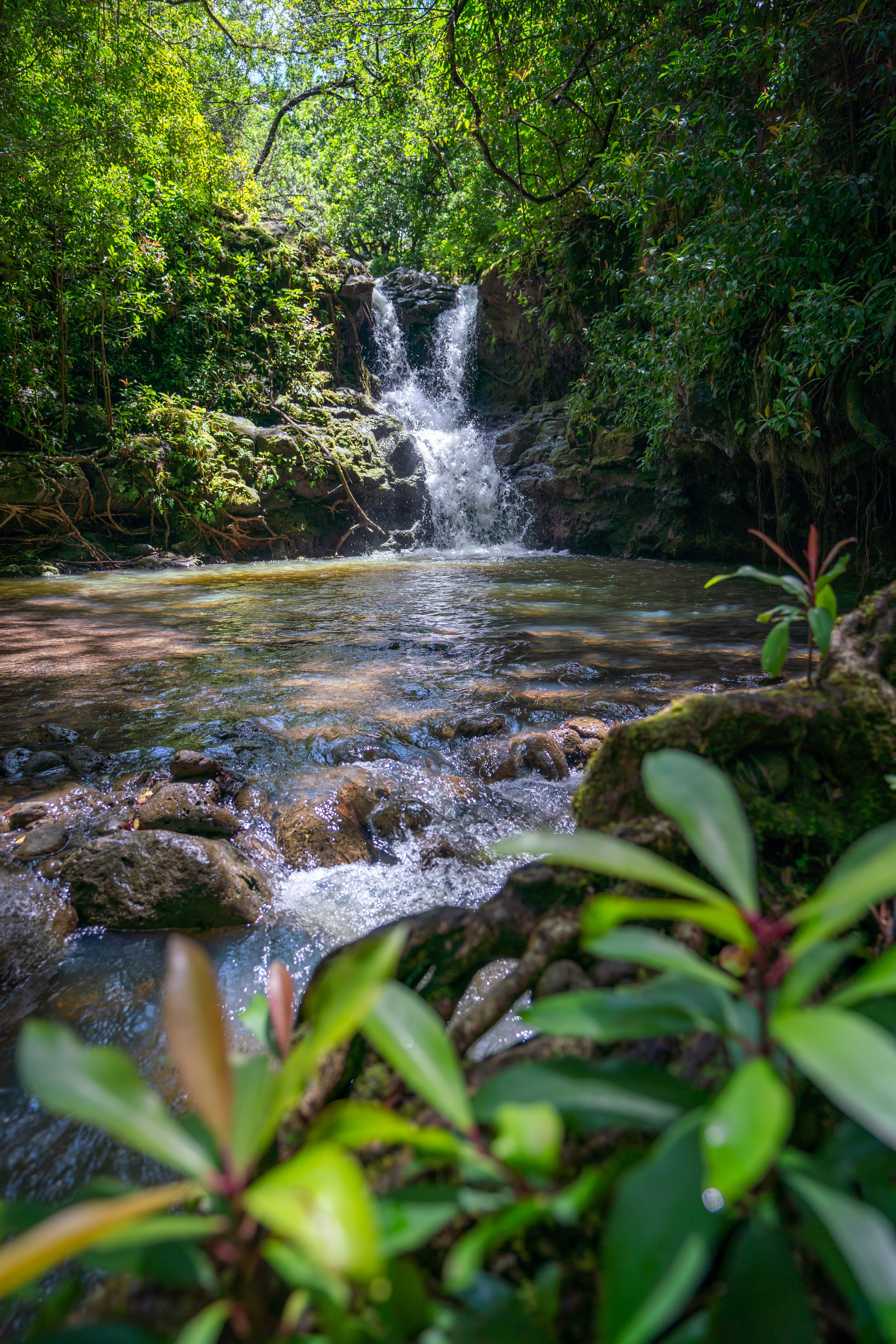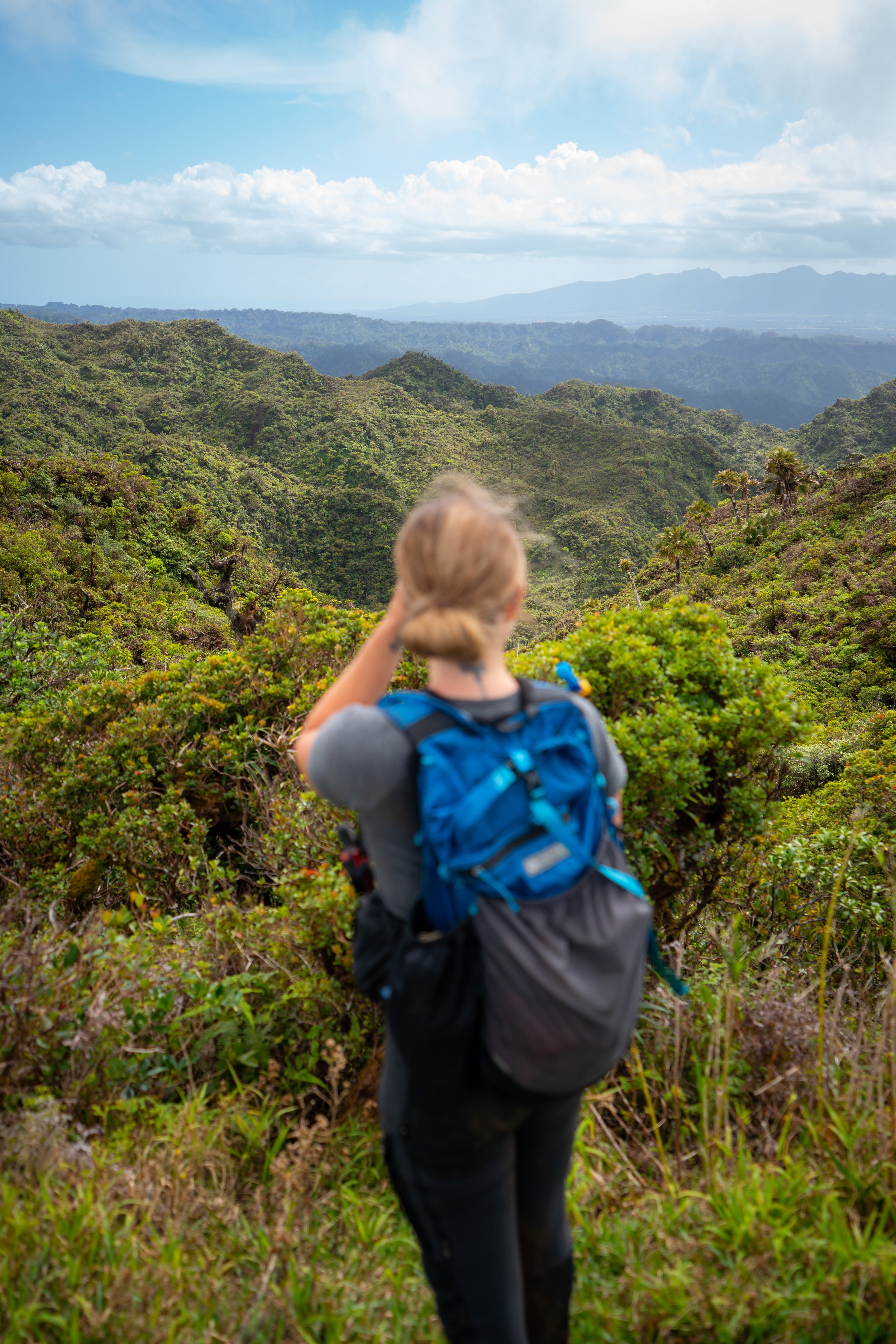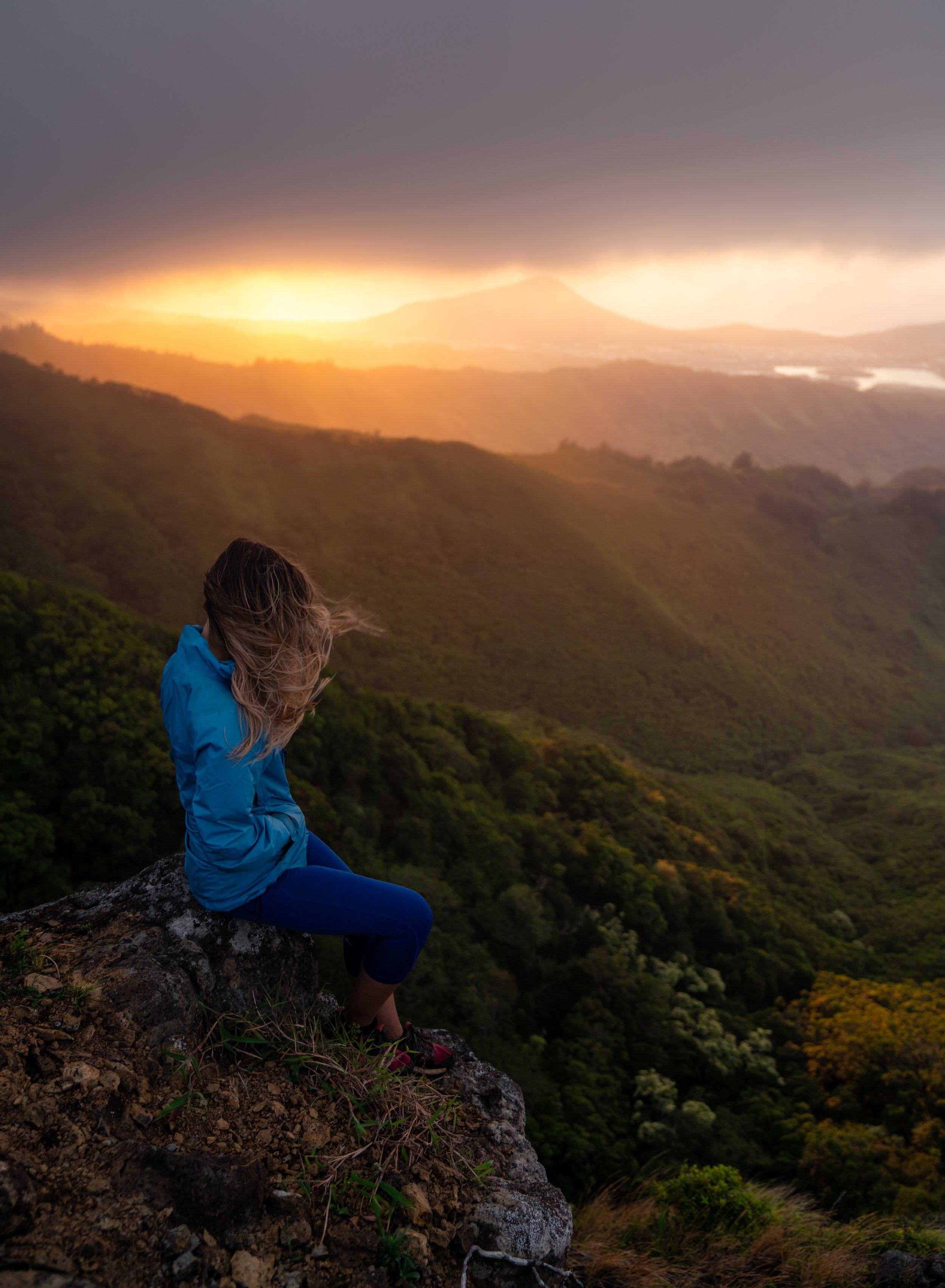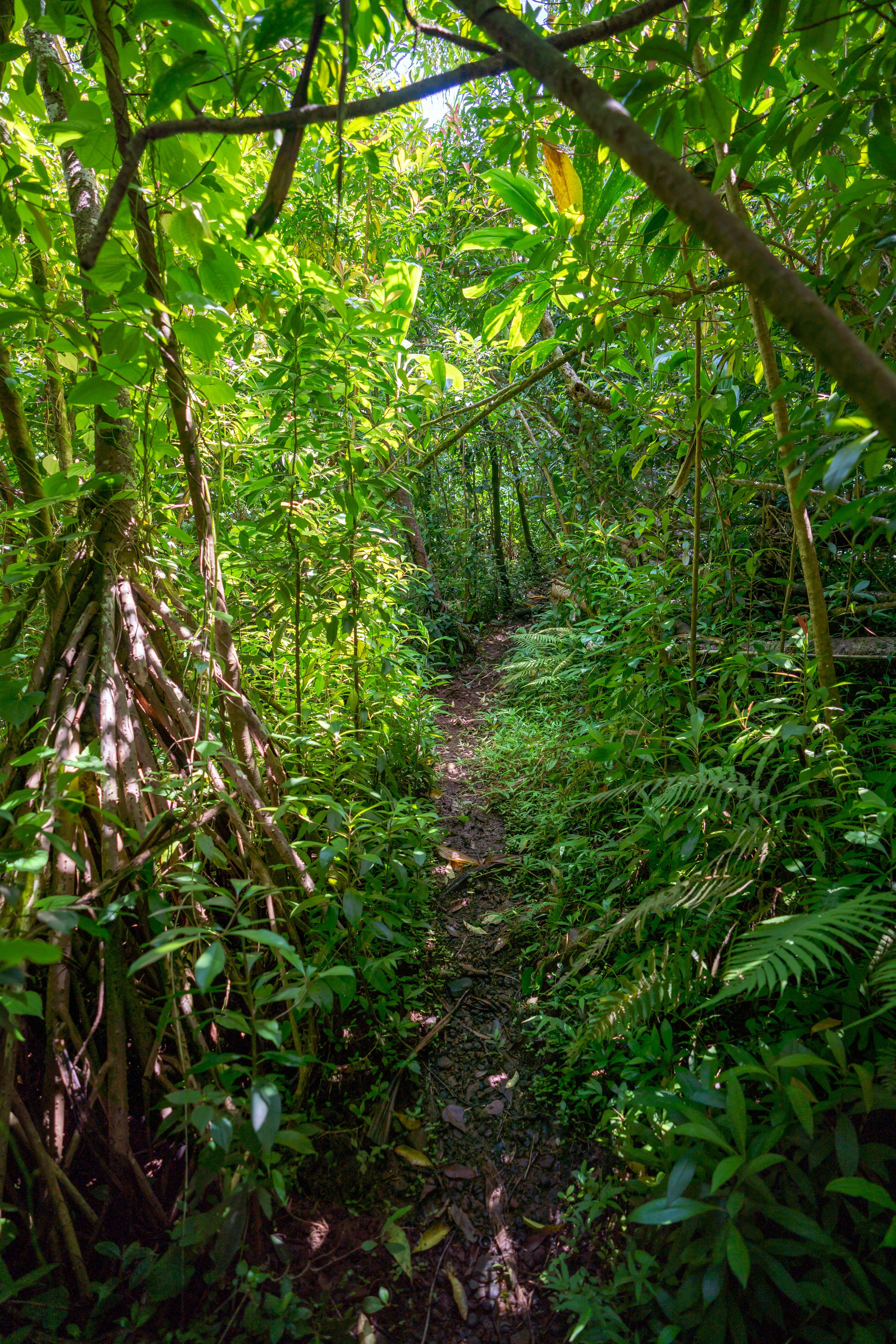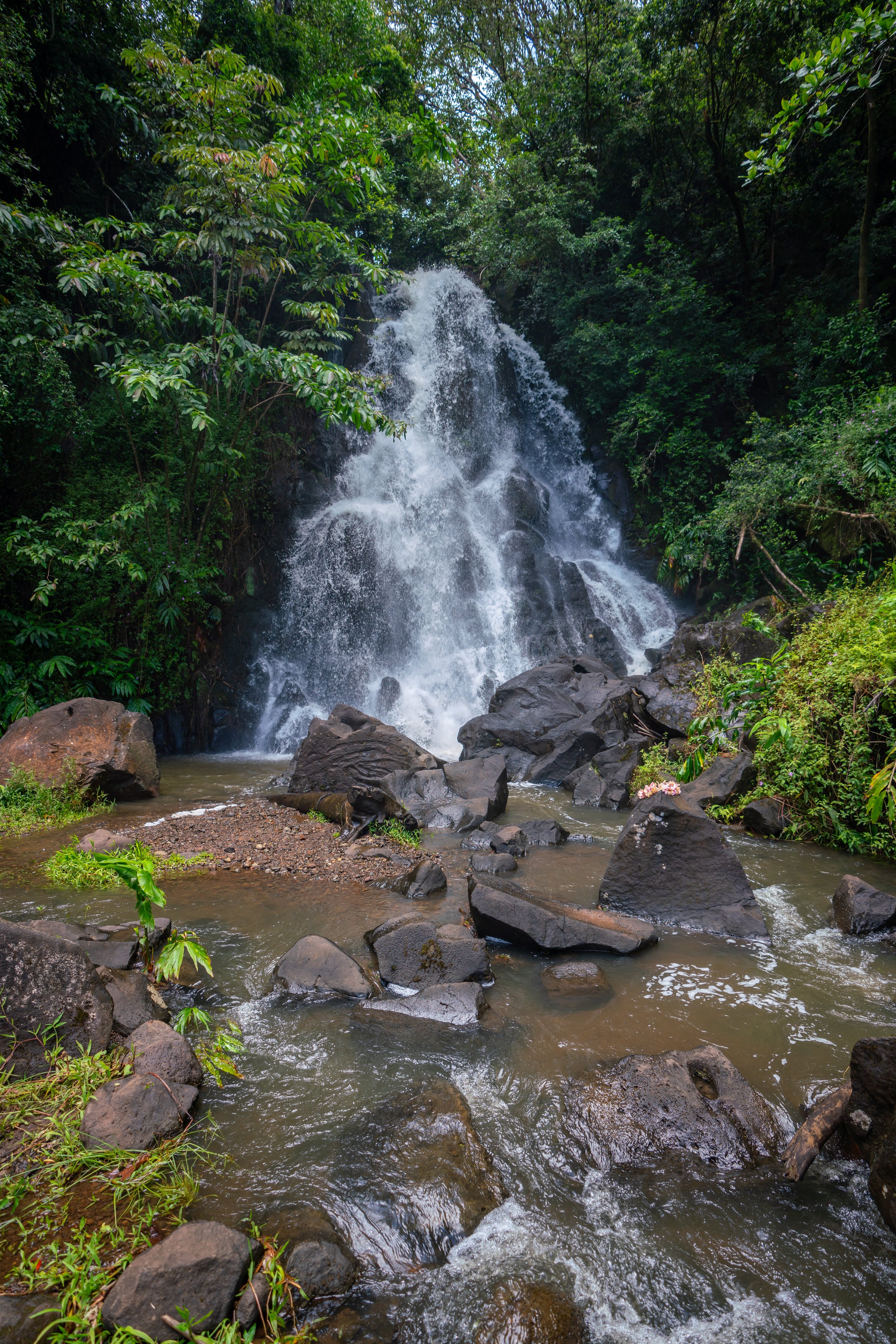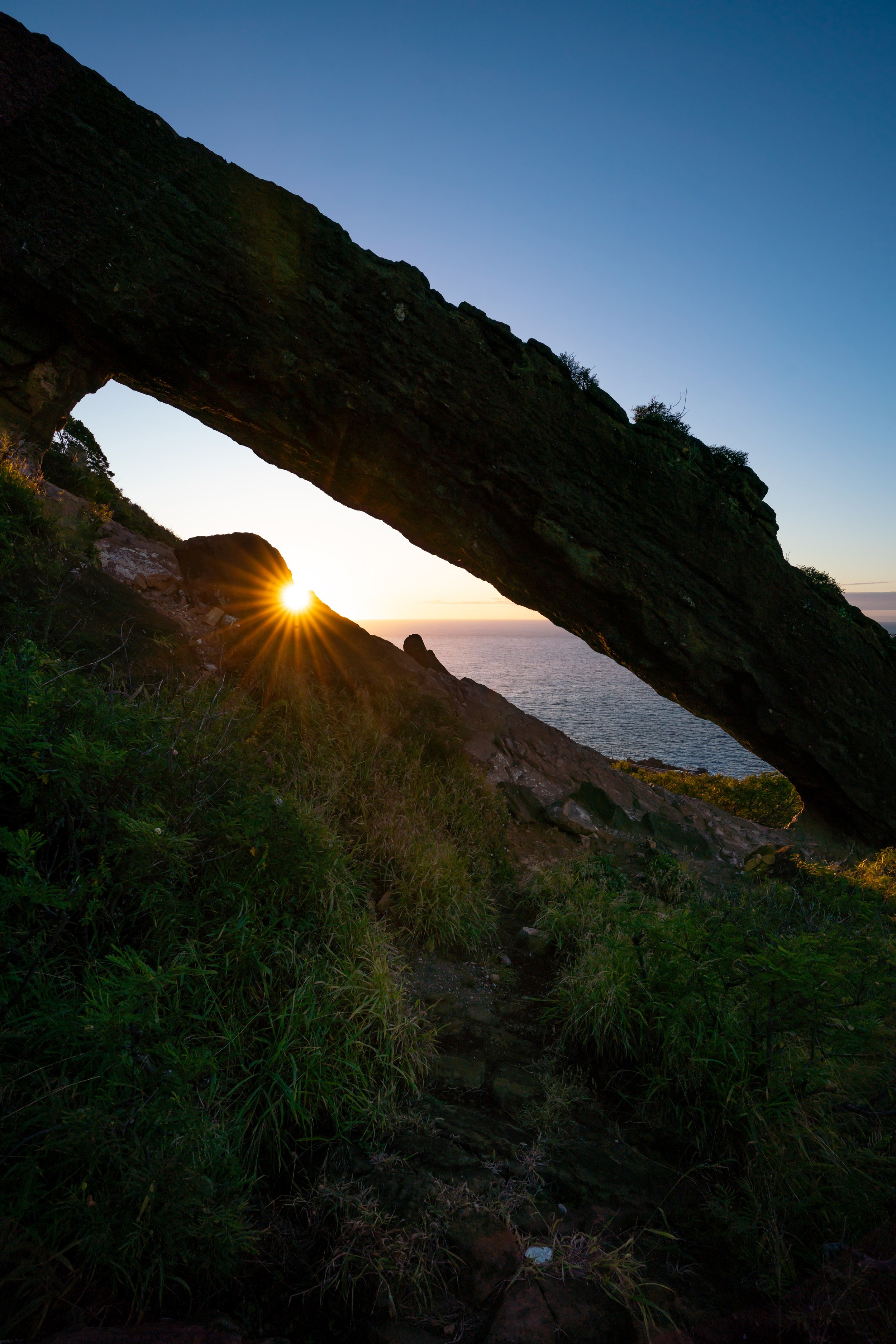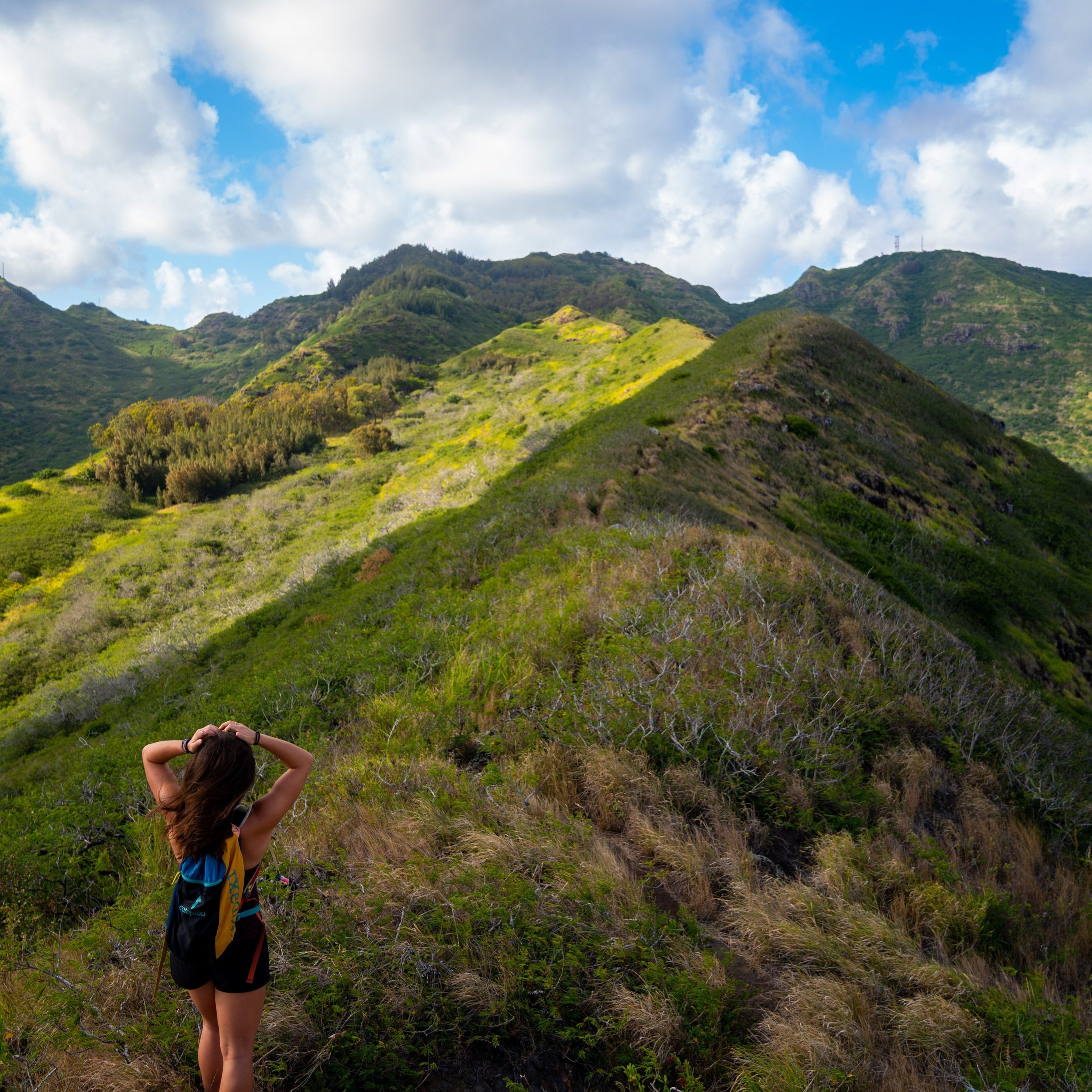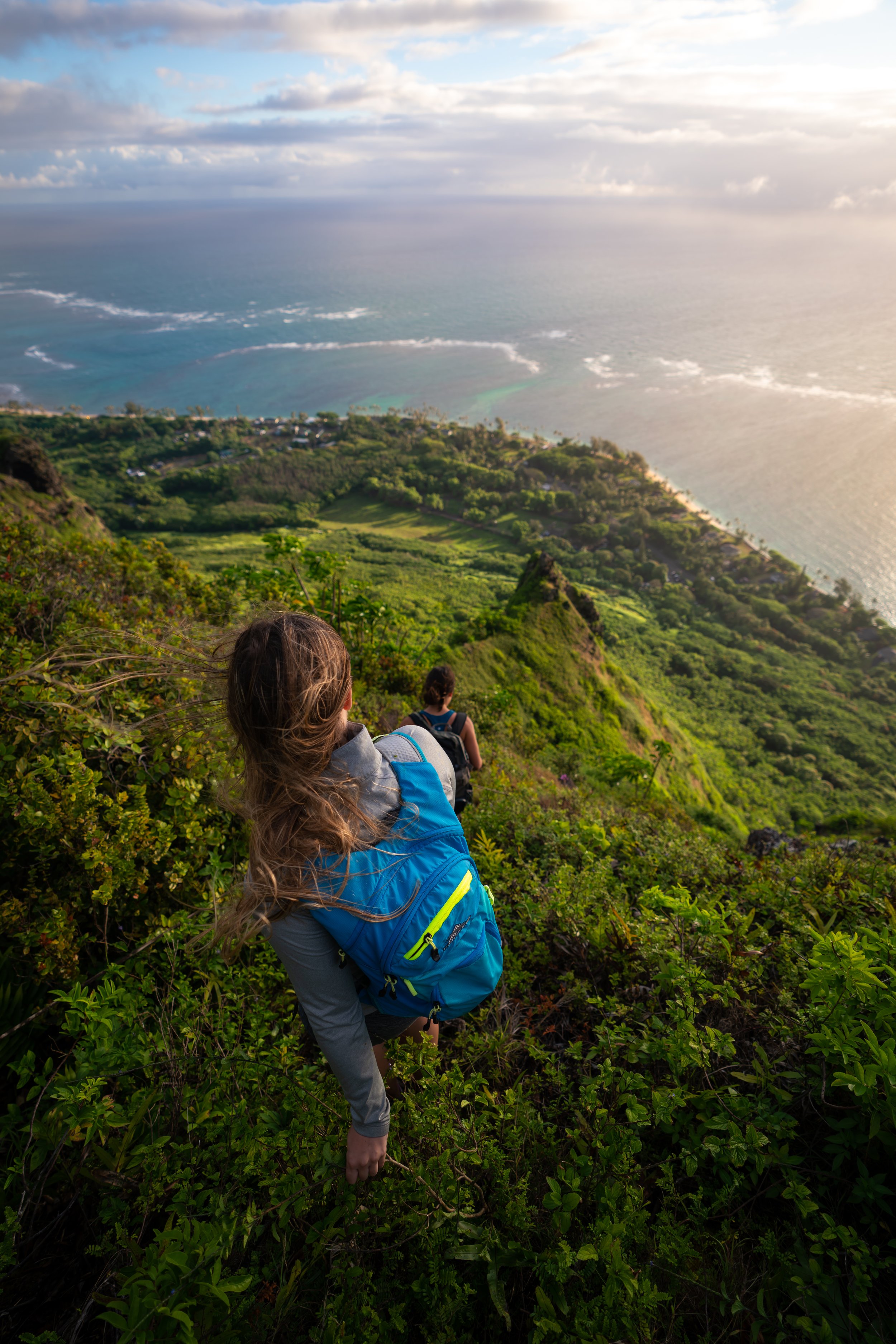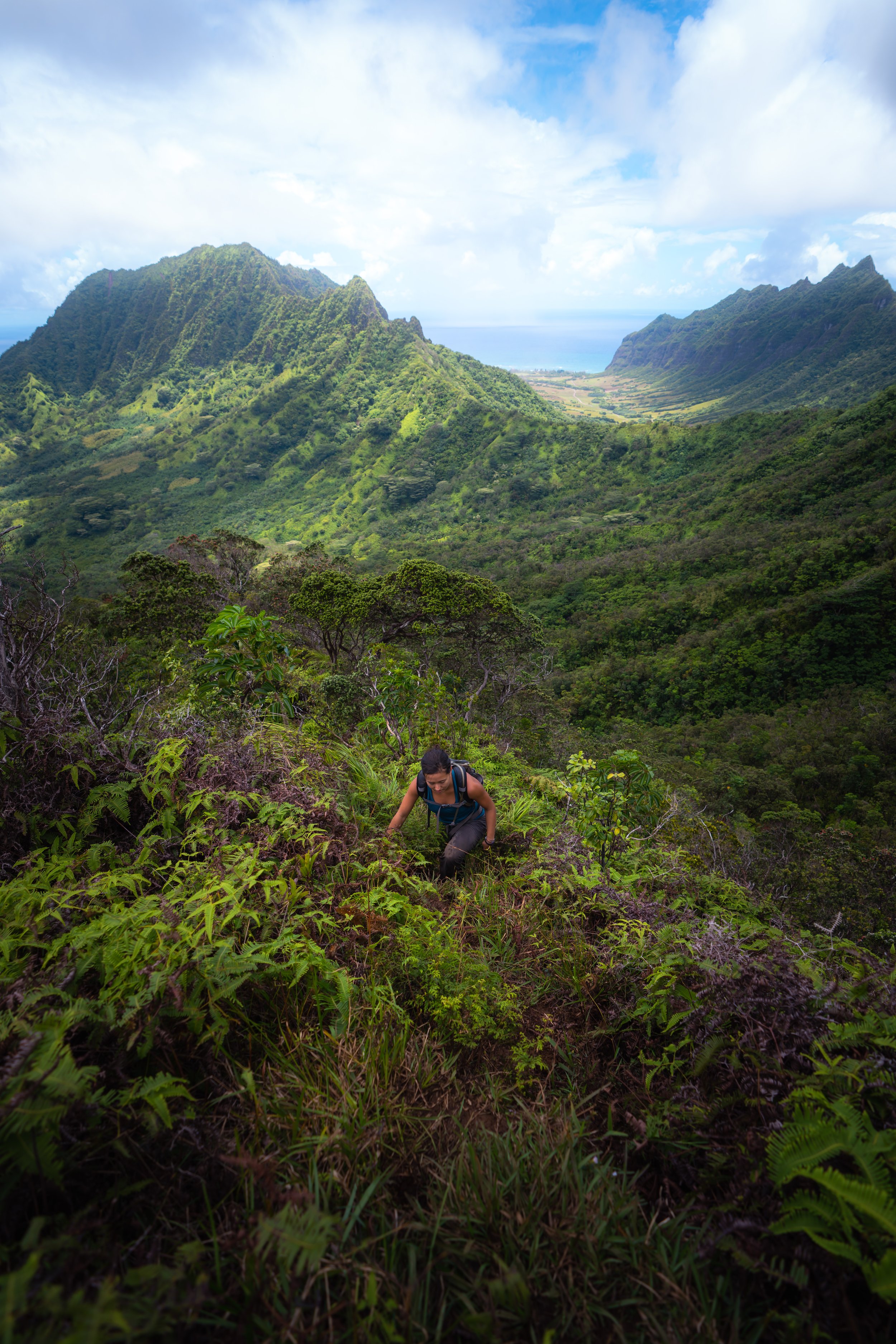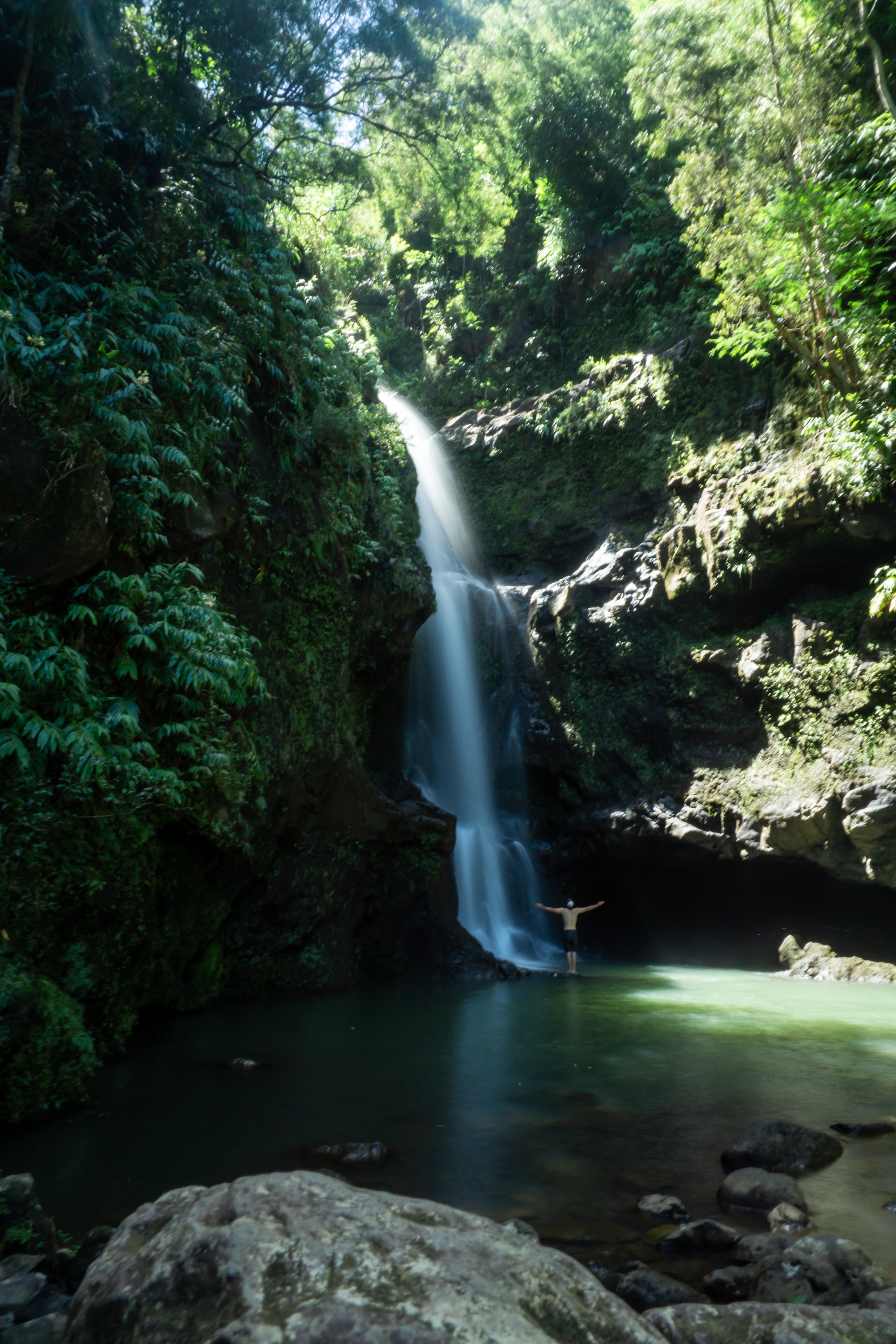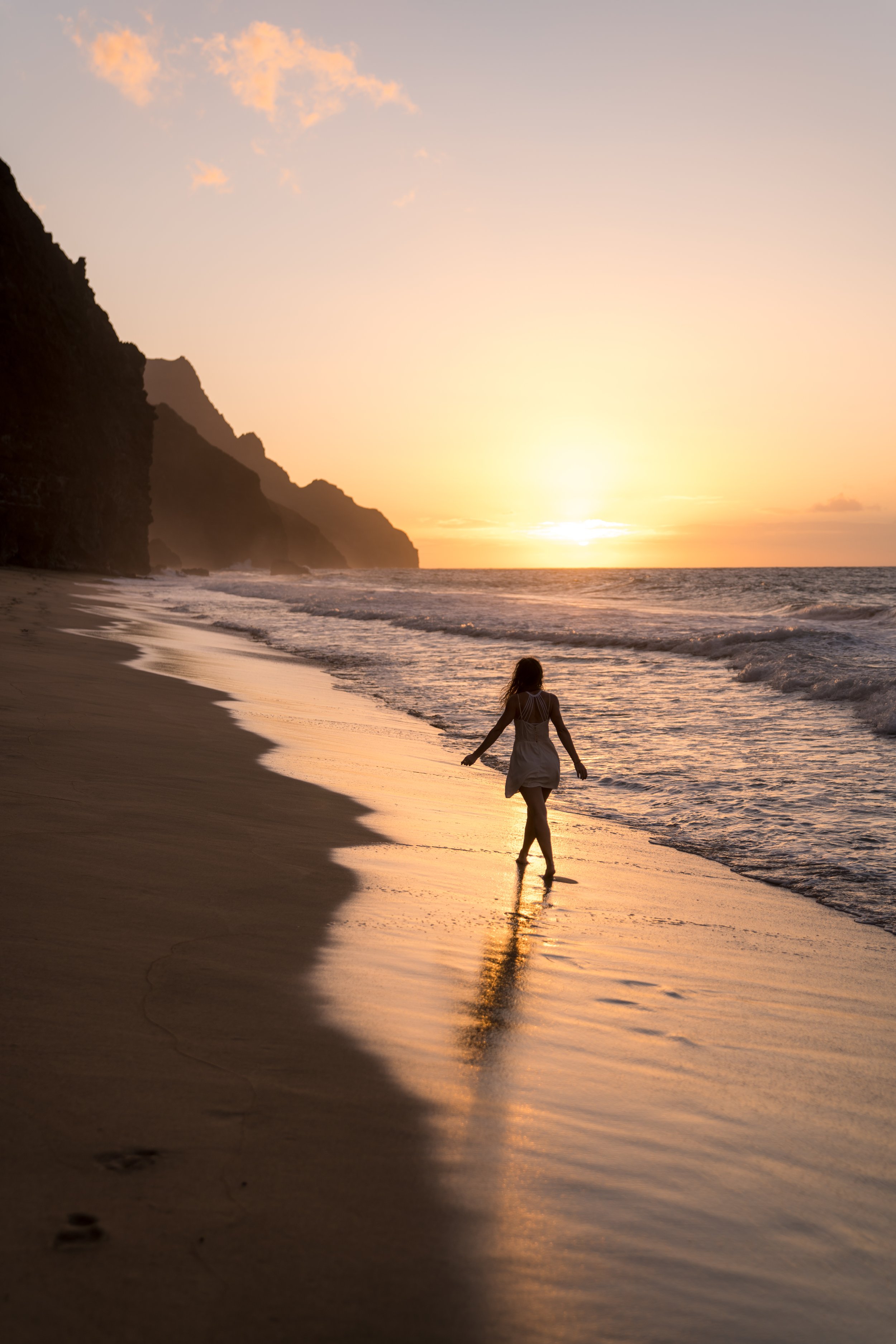Hiking the Kuliʻouʻou Valley Trail on Oʻahu, Hawaiʻi
Distance: 1.5 miles / 2.4 km
The Kuliʻouʻou Valley Trail on the southeast side of Oʻahu is often an overlooked adventure next to some of the island’s more popular day hikes—such as the Koko Crater Stairs, Hawaiʻi Loa Ridge, and even the nearby Pyramid Rock Loop. However, what it lacks in popularity, it makes up for in solitude.
By this, I mean that when both the Kuliʻouʻou Valley and Kuliʻouʻou Ridge Trail split, you’re very likely to be the only one on the trail.
In addition to this, the Kuliʻouʻou Valley Trail can make for a great, as well as short, Oʻahu trail run compared to some of my longer recommendations in my article linked below.
Read My Separate Post: Best Oʻahu Trail Runs
Kuliʻouʻou Valley Trailhead Parking
Parking for the Kuliʻouʻou Valley Trailhead is located on Kālaʻau Place in east Honolulu.
That being said, there is no parking lot for the Kuliʻouʻou Valley Trail; rather, parking is restricted to the limited street parking on Kālaʻau Pl.
By this, I mean that Kālaʻau Place has very limited space for both residents’ cars, as well as hikers all fighting for the same spots. Therefore, parking is one of the biggest reasons that I recommend starting early, especially on a weekend!
Google Maps Directions: Kuliʻouʻou Valley Trailhead
My Hawaiʻi Hiking Checklist
Osprey 3L Water Bladder - The Osprey 3L water bladder is the most universal hiking and backpacking water bladder on the market, and it’s my go-to because of the slide-off seal that allows it to be quickly filled from the top. Additionally, individual parts are easily replaceable, such as the bite valve.
Blister / Heel Protectors - I swear by these cheap, amazing heel protectors to prevent blisters for nearly every kind of hiking and backpacking that I do!
Black Diamond Headlamp - Personally, I recommend the Black Diamond Storm because it is one of the brightest, lightest, and longest-lasting headlamps on the market—and trust me, the weight-to-battery-life ratio really does matter!
Hiking / Trail Running Shoes - Depending on the type of trail, I prefer to use either the Keen Targhee for longer, more rugged hiking or the HOKA Zinal Trail-Running Shoe for lighter, less intense trails. In either case, both have been amazing to me for many years across countless environments, and both can be found in men’s and women’s sizes. - (Men’s Keen / Women’s Keen) (Men’s HOKA / Women’s HOKA)
Waterproof Rain Shell - You never know when it may rain, and I’ve learned over the years that a rain shell is far better than a rain jacket. By this, I mean that it’s best to have something that the water will roll right off of, which is why I recommend the Patagonia Torrentshell 3L available in both men’s and women’s sizes.
High SPF Sunscreen - Packing high-SPF sunscreen is a must for long days outside!
Hiking the Kuliʻouʻou Valley Trail
The Kuliʻouʻou Valley Trail begins at the same trailhead at the end of Kālaʻau Place as the much more popular day hike up Kuliʻouʻou Ridge.
Kuliʻouʻou-Puʻu ʻO Kona Junction
After a short distance, turn right off the service road to begin the Kuliʻouʻou Ridge/ Valley Trail, which will follow the same path for the first 0.25 miles (0.4 km).
On a different note, the service road that continues to the left is the route for the Puʻu ʻO Kona Ridge Trail, but that’s a hike for another day.
Read My Separate Post: Puʻu ʻO Kona Trail
Kuliʻouʻou Ridge-Kuliʻouʻou Valley Junction
After 0.25 miles (0.4 km), the Kuliʻouʻou Valley Trail splits with the Kuliʻouʻou Ridge Trail; the more popular of the two day hikes.
For this reason, the next 0.5 miles (0.8 km) up the Kuliʻouʻou Valley Trail become much less trafficked, and it’s very likely that your group will be the only one on the trail.
Read My Separate Post: Kuliʻouʻou Ridge Trail
In my experience, the most 'challenging' part of the Kuliʻouʻou Valley Trail is the mosquitoes.
To this point, mosquitoes on dry-forest hikes, such as this, have always been more of an issue here than on tropical wet forest hikes.
Therefore, unless you’re trail running, I highly recommend wearing hiking pants on the hike, which will be just as useful on more overgrown/ more difficult trails beyond Kuliʻouʻou Valley.
The pants below are my recommendations that hold up the best with the overgrowth here in Hawaiʻi, but with any hiking pants that need to be durable, make sure that they are at or near 100% nylon. This is really the most important factor!
As the trail makes it’s way deeper into Kuliʻouʻou Valley, the path simply contours the east side of the Kuliʻouʻou Stream until the end of the trail.
I had to help Eleanor, my little miniature dachshund, up and down these small rocky sections.
Kuliʻouʻou Stream
After 0.5 miles (0.8 km), the Kuliʻouʻou Valley Trail meets the Kuliʻouʻou Stream, which is the end of the maintained trail.
Warning
For some, the Kuliʻouʻou Valley Trail is simply an access trail to the many waterfalls that can be found further up the stream.
However, I caution against hiking up Kuliʻouʻou Stream to try and find these waterfalls, as the valley poses one of the biggest risks for flash flooding on Oʻahu.
On top of this, Kuliʻouʻou Stream will almost always be dry until it has recently or is actively raining. Therefore, periods of wet weather, like this, are exactly when you wouldn’t want to be caught anywhere near Kuliʻouʻou Stream in the event of a flash flood.
All said, there are other—not to mention better—waterfall hikes on the island that can and should be hiked during clear weather, such as Kōloa Gulch.
Read My Separate Post: Kōloa Gulch Trail
Native Plants on the Kuliʻouʻou Valley Trail
Since the Kuliʻouʻou Valley Trail remains at fairly low elevations for the entire hike, native plants are few and far between—outside of the amazing volunteer-led restoration work that has taken place on the trail.
It is because of this work that you can see native plants, such as ʻIlieʻe, Alaheʻe, Pōhinahina, Wiliwili, ʻŪlei, and Milo, to truly only name a few.
If you would like to learn more about these and tons of other native Hawaiian plants from across the islands, I encourage you to read more in my separate article linked below.
Read My Separate Post: Native Hawaiian Plant Guide
More Oʻahu Adventures
If you’re interested in reading about some more amazing Oʻahu adventures, check out my separate posts below!
Best Hotels & Restaurants in Waikīkī
If you’re trying to decided where to stay on Oʻahu, check out my top 10 list for the best resorts and restaurants in Waikīkī.
I break down what makes one hotel a better choice over another, so that you can find the best fit for your stay on the island.
Read My Separate Post: Best Waikīkī Hotels & Restaurants
HNL Airport-Hotel Shuttle
Prices on ride-share apps like Uber/ Lyft cannot beat the price of booking your hotel shuttle prior to arrival. I say this because there are additional fees for ride-share airport pick-ups at Honolulu Airport (HNL), which is why I recommend booking your transportation in advance using the options below.
Additionally, the last option below will go as far as the Ko ʻOlina Resorts on the West Side and Turtle Bay on Oʻahu’s North Shore!
Best Way to Book Rental Cars!
I travel quite a bit, and I know firsthand that finding a good rental car deal can be a challenge, but that’s why I recommend comparing all of your options with Discover Cars.
In short, Discover Cars is a well-known, reputable business that allows you to search for the best deal across companies, and they have the best full-refund cancellation policy I’ve ever seen, valid up to 72, or sometimes even 48, hours prior to your reservation!
Book Here: Discover Cars
Visiting Other Islands
If you are visiting Oʻahu or heading to another island, check out some of my personal recommendations for Oʻahu, Maui, Kauaʻi, Molokai, Lānaʻi, and Hawaiʻi Island (Big Island) in these separate posts.
If you’re trying to decide which island is right for your visit, check out my overview about each island in the post below.
Read My Separate Post: What is the Best Hawaiian Island to Visit?
What is the Best Time of Year to Visit Hawaiʻi?
The weather in Hawaiʻi can often appear to be warm and beautiful throughout the year, but in my experience, there is a lot more to consider when planning what time of year to visit the islands, such as what island you are considering, what sides of each island do you plan to stay, what activities are you most interested in, the wildlife, and countless other nuanced variables that can all impact the type of trip you can expect to have.
For these reasons, I highly recommend reading through my separate article to not only understand my thoughts regarding the best time of year to come to Hawaiʻi but also what you need to consider based on the time of year that you plan to visit.
Read My Separate Post: What is the Best Time of Year to Visit Hawaiʻi?
10 Best Tours & Excursions on Oʻahu
There are a lot of different tour options to choose from on Oʻahu, but to make it easier to decide, I made a list of my favorite tours because some things simply are better with a local guide!
Read My Separate Post: Best Tours on Oʻahu
Safety
All hikes in Hawaiʻi should not be compared to trails outside of the islands, and hikers should exercise due caution on every adventure, given that many are extremely dangerous.
By this, I mean that Hawaiʻi is known for hot, humid weather, steep, dramatic, and unstable cliffs, and flash floods, which can occur without warning. Therefore, it is important that you check the local forecast, understand the physical condition of your entire group, and pack sufficient food and water before attempting any adventure.
Disclaimer
All information provided on this blog is for informational purposes only and is not intended to be a substitute for information or advice from qualified professionals or managing agencies.
Noah Lang Photography LLC makes no representations or warranties regarding the accuracy or completeness of the information provided here, and readers should use their own discretion, judgement, and seek professional advice where it is appropriate.
Furthermore, Noah Lang Photography LLC shall not be held responsible for any injuries, lost individuals, or legal issues arising from the use of information provided on this website, and if applicable, the above safety disclaimer should be referenced to provide a generic overview of the risks involved.
All said, the content on this blog is for the sole use of Noah Lang Photography LLC, and unauthorized use or reproduction of this content is strictly prohibited.
Disclosure
This post is not sponsored.
However, some of the links in this post are affiliate links, which means that I may earn a small commission if a purchase is made through one of those links. This commission comes at no additional cost to you, and I only recommend products that I personally use and believe will add value to my readers. Thank you for your support, which enables me to continue creating more!
To read the full privacy policy, click here.

About This Blog
Noah Lang Photography, also known as @noahawaii, is 100% reader-supported!
I do not accept guest articles or sponsored content of any kind on my blog, which is why, if you enjoy the outdoor and travel content I create, please consider buying me a coffee!
I appreciate your support, which helps me continue to keep this blog alive!










